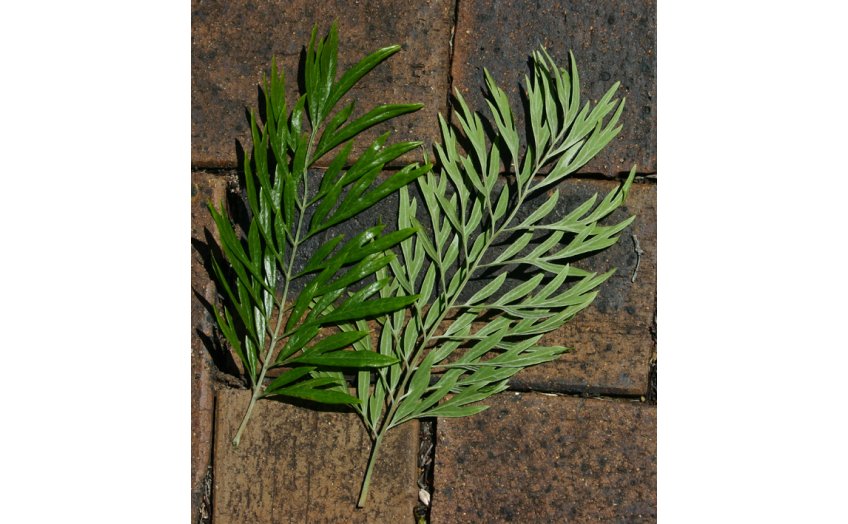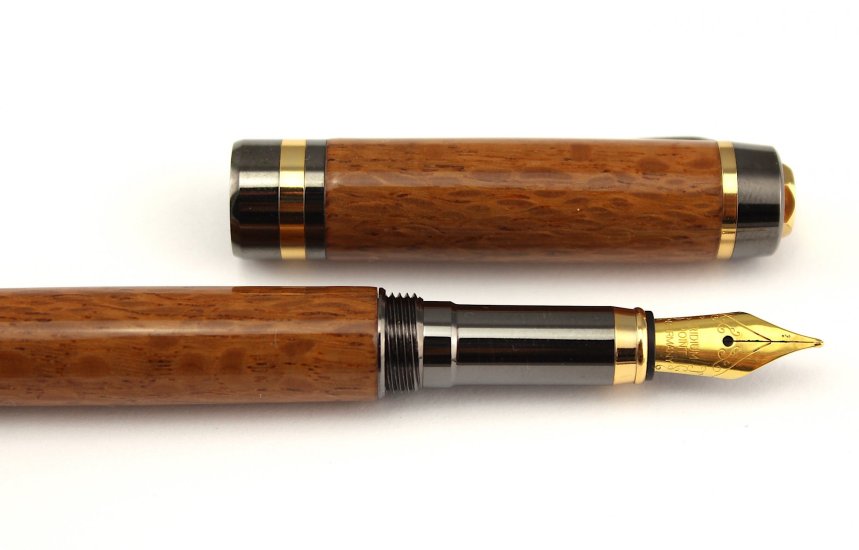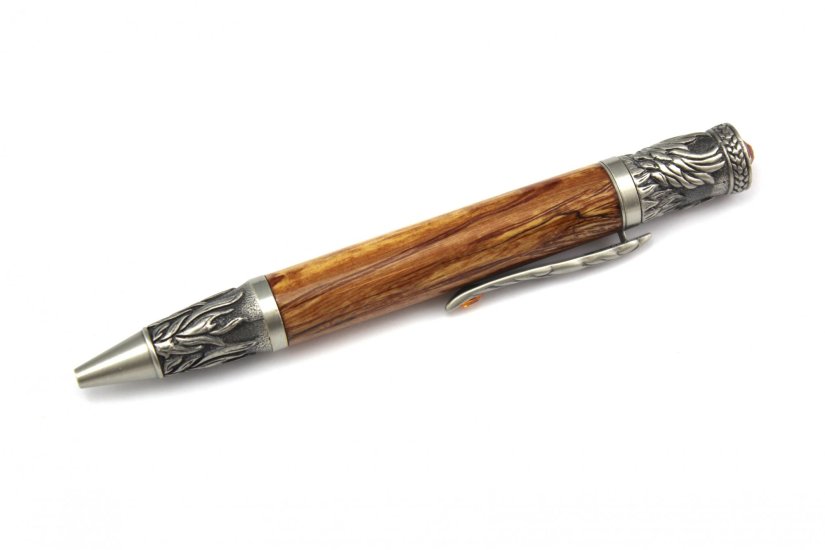
One of my childhood memories is the silky oak tree in my Nana’s backyard. Each spring it’s soft, vibrant orange, toothbrush like flowers would fall onto her manicured lawn. It’s graceful foliage was visible from her lounge room window.

Silky oak timber was once used extensively in North Queensland for house framing, cladding, moulding, joinery (particularly windows) and flooring. There is much vintage furniture still around displaying silky oak's coarse, variable and decorative texturing within the wood. Silky oak has long been a favourite of wood turners and carvers. It makes stunning turned pens due to its distinctive grain.

My Dad who lives on 30 acres at Grafton handed us a log when Lathe & Chisel was just starting out pen making. The log sat around for a while, because to be honest, the log was pretty unattractive. One day Brad cut the log into pen blanks, only then was its glory revealed: spalted silky oak.

Spalting is a valued wood coloration process caused naturally by fungi. Spalting increases the contrasts of light and dark colours in the timber and makes brown and black lines running through the wood appear. Stunning, thanks Dad.
0 comments